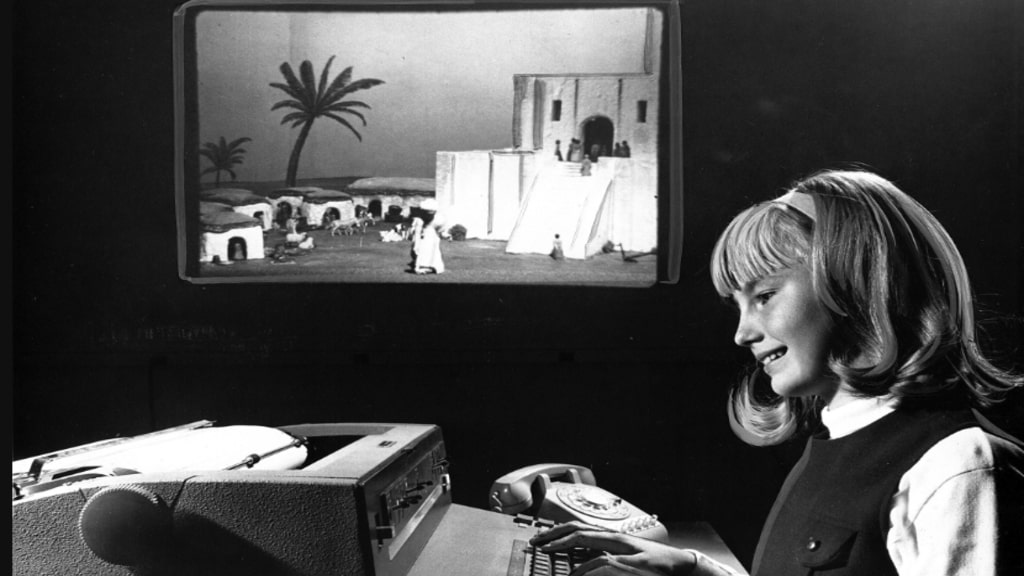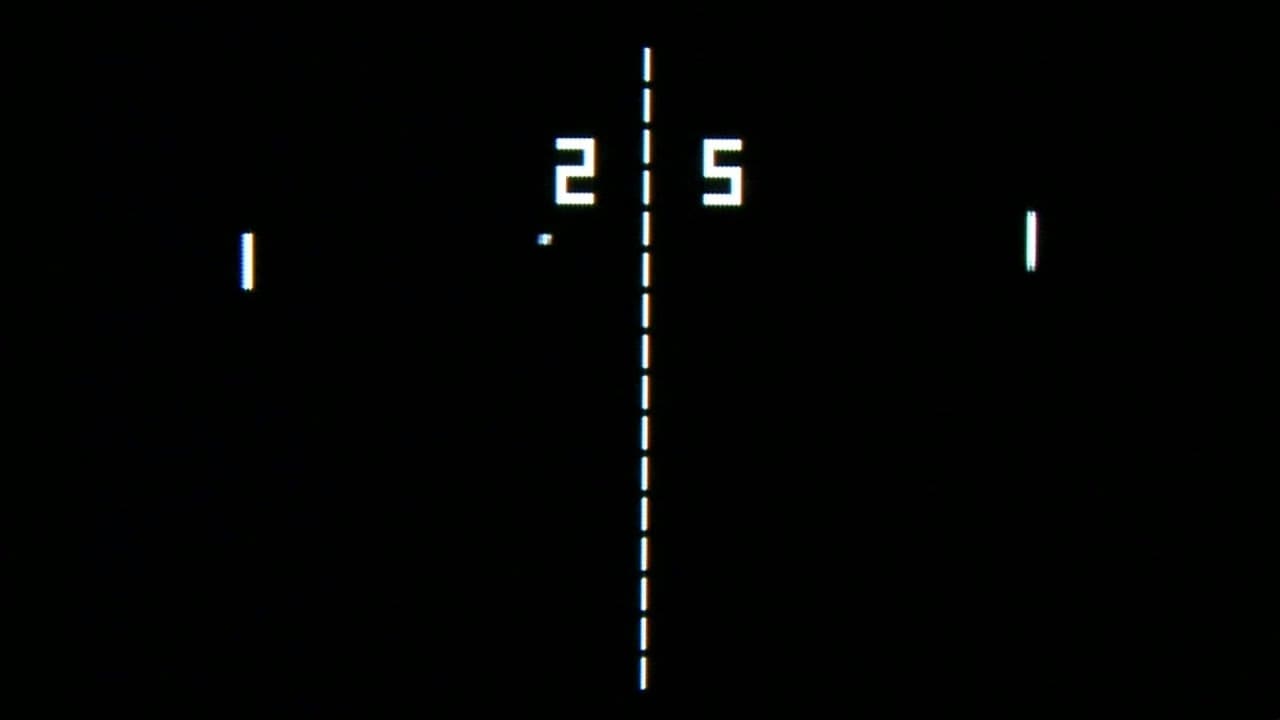Remembering Mabel Addis, the first video game writer, on International Women's Day
The most influential game you’ve probably never heard of was created by Addis in her spare time

We don’t always get the credit we deserve. The Big Lebowski didn’t pick up any Oscar nominations. Rosalind Franklin took the first X-ray photographs of DNA, but it's James Watson and Francis Crick who are most often credited with the discovery of the double helix. And despite my incessant calls to her publicist, Taylor Swift refuses to book me as her opening act. All of these injustices would be understood acutely by Mabel Addis, creator of The Sumerian Game. She - and her game - rank among the most influential in the history of video games, yet for most of you, this is probably the first time you’re hearing about either of them.
The year is 1964. LBJ signs the Civil Rights Act, MLK wins the Nobel Peace Prize, RDJ is being conceived (that last one is unrelated), and Mabel Addis is putting the finishing touches on The Sumerian Game. In doing so, Addis becomes the first person to write a video game, the first woman ever to level design for a video game, and first woman to be credited as creator of a video game; in this case co-creator with programmer William McKay.
We’ll touch on her personal legacy in just a moment, but with video game design still a bit of a boys club even now, for Addis to achieve these records over 50 years ago must be lauded. To simply congratulate her on doing a thing while being a woman, though, is grossly patronising, and misses the point. Yes, this was a significant achievement, and no doubt her gender placed additional barriers in the way, both during the development of the game and for her education in the 1950s & 1960s in general. But The Sumerian Game deserves to be held up for more than mere tokenism. To understand why Addis sorely deserves credit, we have to look at the massive impact The Sumerian Game itself had on gaming.


As you might have noticed in the previous paragraph’s acronym ladled opening sentence, 1964 is incredibly early in the video game field. It would be another 8 years before Pong, often erroneously considered the first video game, would launch. One year prior to Pong, The Oregon Trail came out, and a lot of the influence we might associate The Oregon Trail with actually has roots in The Sumerian Game. Right about now we should probably get into what The Sumerian Game actually is, which is an in-depth text based economic simulation strategy game, designed to be accessible for children.
The game starts by informing you that you are now ruler of Lagash, a Mesopotamian city in the year 3500 BC. You receive a set of reports on arable land, grain inventory, and population, and are asked to decide how much grain to use to feed people, replant as seeds, and keep in storage. In the game’s middle act, funding for crafting is added, while the final act adds trading and land expansion. Other resource management sims existed prior to 1964, but they weren't so much games as they were spreadsheets. But The Sumerian Game was primarily targeted towards children, and thus the first to spice up the numbers with a little bit of fun.
Perhaps the biggest contribution The Sumerian Game gave us was centred around narrative; not something you’d expect to be high up the list of priorities in a rather dry genre. This came through some unexpected events which moved the experience on from a simple mathematics equations into more of a story; store too much grain and rats may invade your stores, for example. All of the reports were fed to you by a steward, who had a meek, deferential Smithers style personality; his appearance a refreshing break from a cold computer AI regurgitating numbers on your screen.

However, after showing it to a set of sixth-grade students, Addis noticed they struggled to fully engage with the idea, and released an improved version of The Sumerian Game - arguably the first remaster or first patch - in 1966. This included a much greater emphasis on story via pre-recorded audio clips played over an image slideshow, giving video games their first example of a cutscene. The high definition cinematics we know and love today may be a far cry from taped narration over a powerpoint, but the lineage is clear to see. And yes, they were unskippable.
Weekly digests, tales from the communities you love, and more
A lost legacy
There is a group of trailblazing women often held up in gaming. Atari’s Carla Meninsky, Activision’s Carol Shaw, and Joyce Weisbecker, often considered the first indie developer, to name a few. It's something of a crime that Mabel Addis' name rarely turns up in the list. Perhaps it’s because her work came about before video games were really a thing, or because her contributions boil down to The Sumerian Game’s individual elements, rather than the product as a complete entity. The point here isn’t to pit Addis against Meninsky, Shaw, or Weisbecker either, but to acknowledge that she also deserves a seat at the table.
The seat Addis was most accustomed to in her life however was not that of an engineer, but one behind a teacher’s desk. Graduating from Barnard College with a degree in Ancient History, she obtained a Masters in Education at Columbia university before working at a small, rural school in the 1930's. Later, Addis would go on to teach at New York’s Katonah-Lewisbro school, where she worked from 1950 to her retirement in 1976; holding the job down while designing The Sumerian Game.

"To simply congratulate Addis on doing a thing while being a woman is grossly patronising, and misses the point."
That’s not just a tidbit of trivia either, as the kids she first showed the game to - and subsequently tweaked to include those groundbreaking cutscenes - were her own pupils. With her ancient history degree opening the door to her eventual employment at IBM, Addis' background becomes even more important to understanding her story. Right from video games’ conception, developers bringing their experience to the table and putting a part of themselves into their craft has been a crucial part of the game design discipline. With a lot of modern shooters blurring into one, indistinguishable blob of bullets and blood, it’s worth keeping in mind.
Unfortunately, Addis passed away in 2004, and no complete copies of The Sumerian Game exist. Addis’ daughter did donate all of her mother's notes to the Strong Museum Of Play at historian Devin Monnens’ request, but this only covers the first third of the 1964 version of the game. Much like Addis’ monumental contributions to gaming, The Sumerian Game has largely been lost to the winds of history.
There is a little bit of poetry in that, however. Mesopotamia, the setting for the game, is often left in the shadows of the likes of the Ancient Egyptian, Greeks, Romans or Aztecs, yet was the civilization which gave us cereal, agriculture, astronomy, mathematics, and cursive scripts, not to mention literally inventing the wheel. Just like Addis, the Mesopotamians know a thing or two about what it means to work outside of the spotlight.
For more, check out GamesRadar+'s favourite video game heroines, or watch the latest episode of Dialogue Options below.
Stacey is currently the Editor-in-Chief of TheGamer, but was once a freelance journalist with bylines at Polygon, GamesRadar, The Washington Post, The Huffington Post, TechRadar, SYFY Wire, and IGN, among others.


